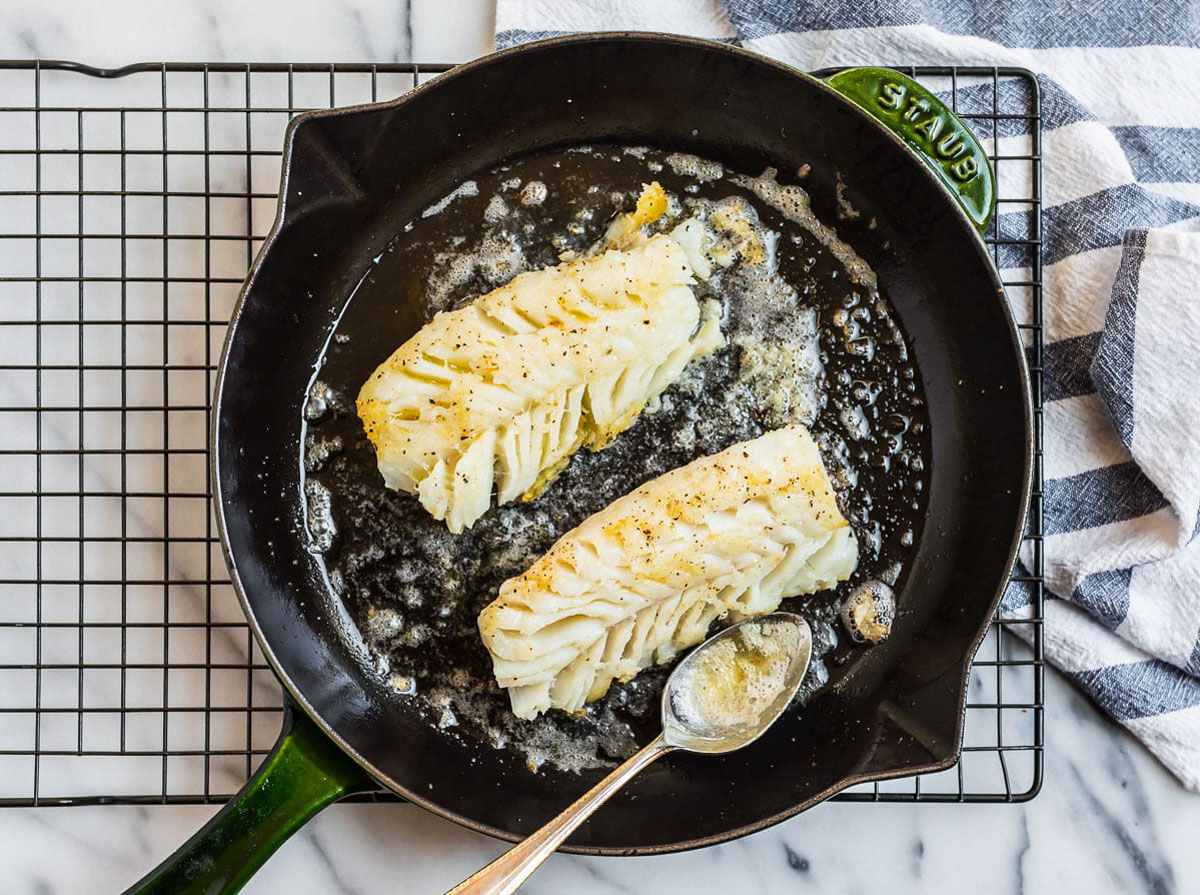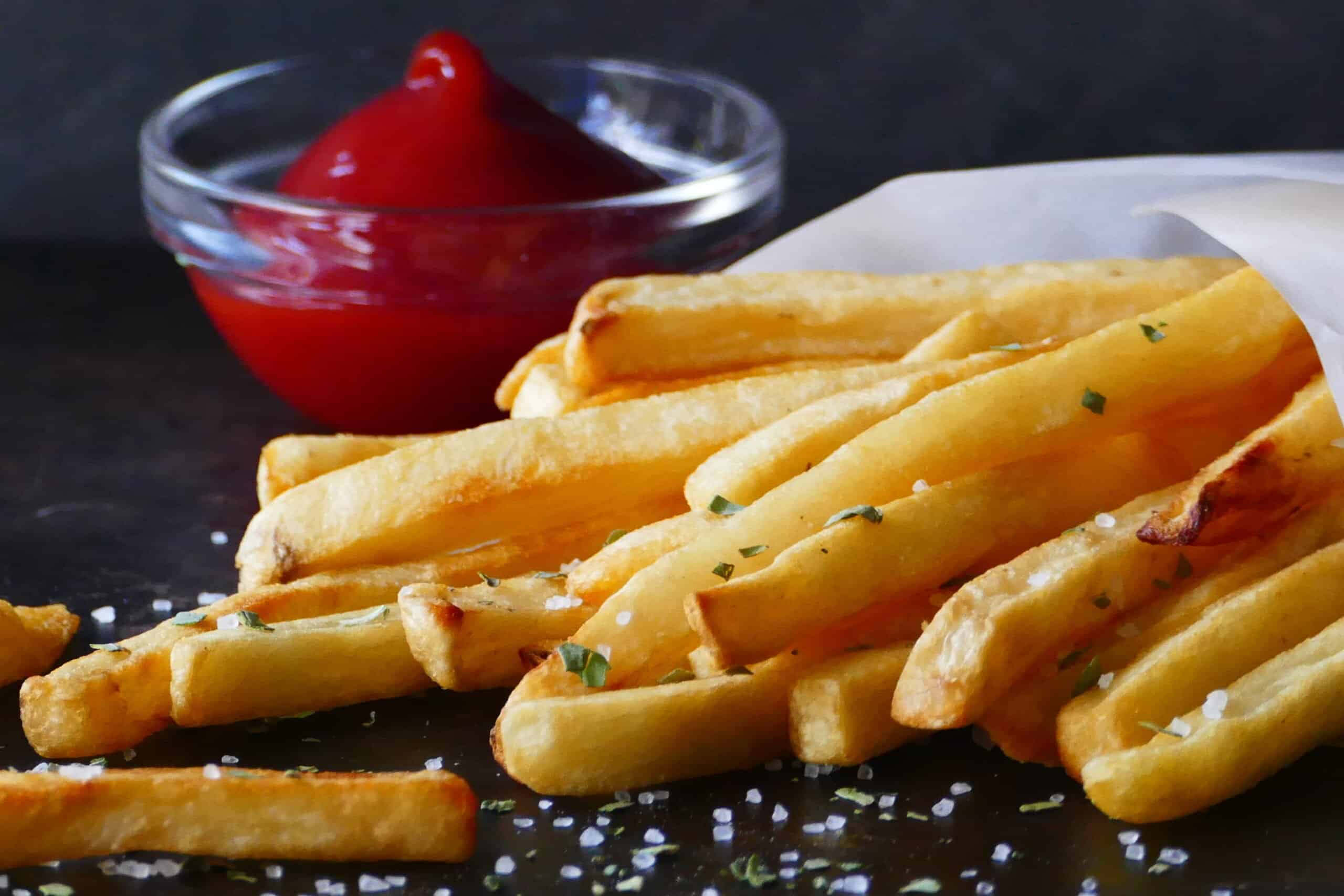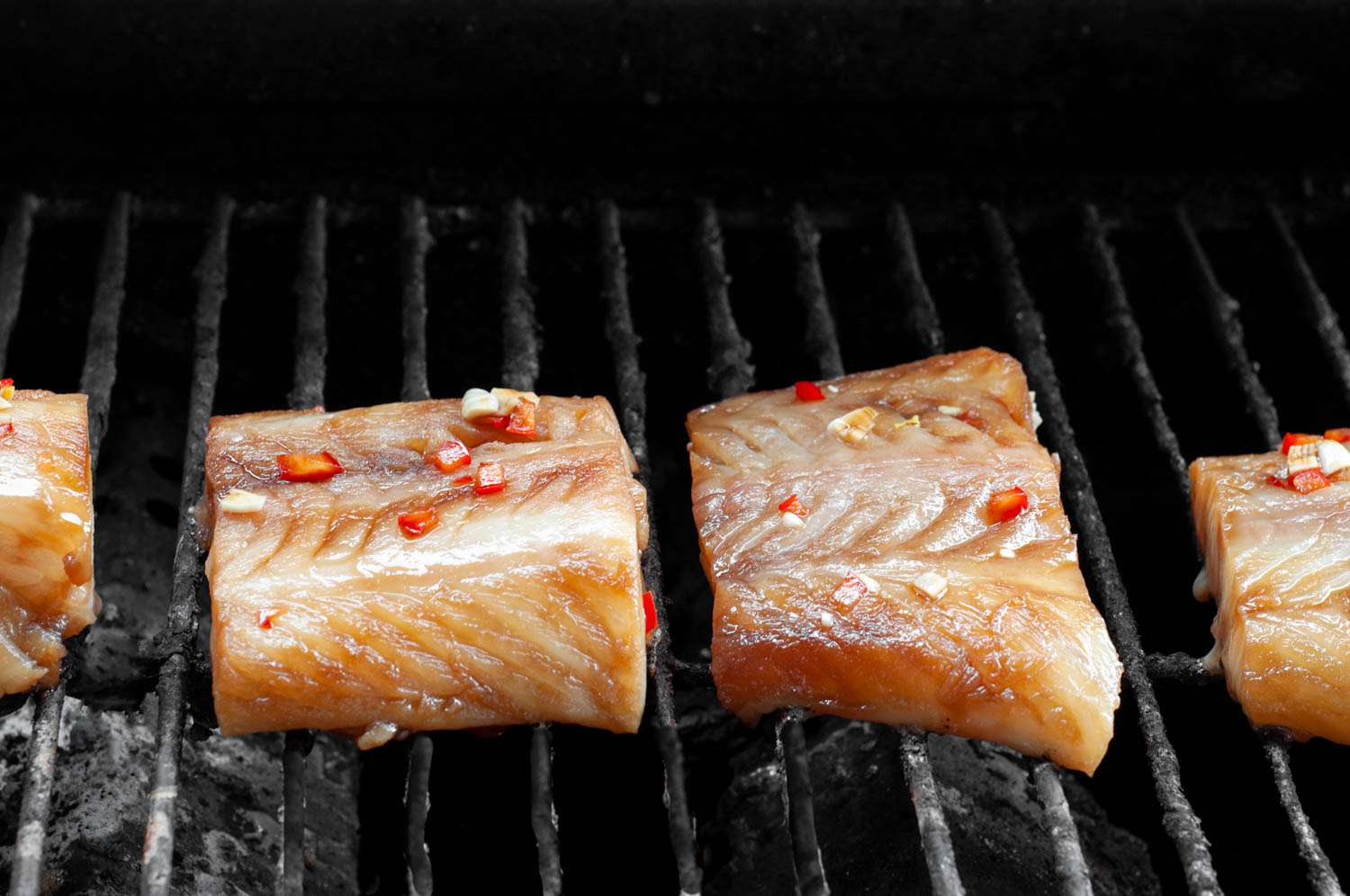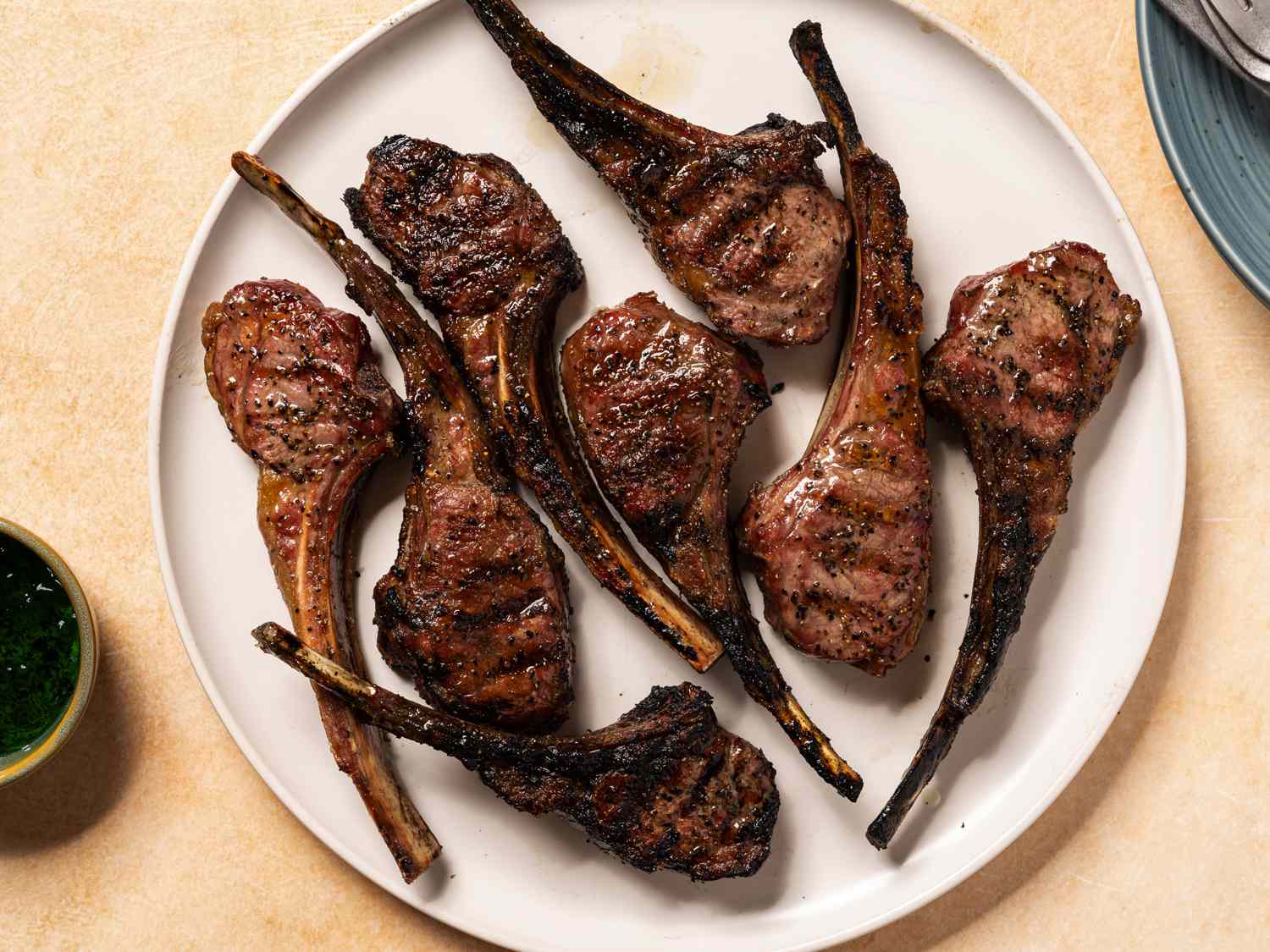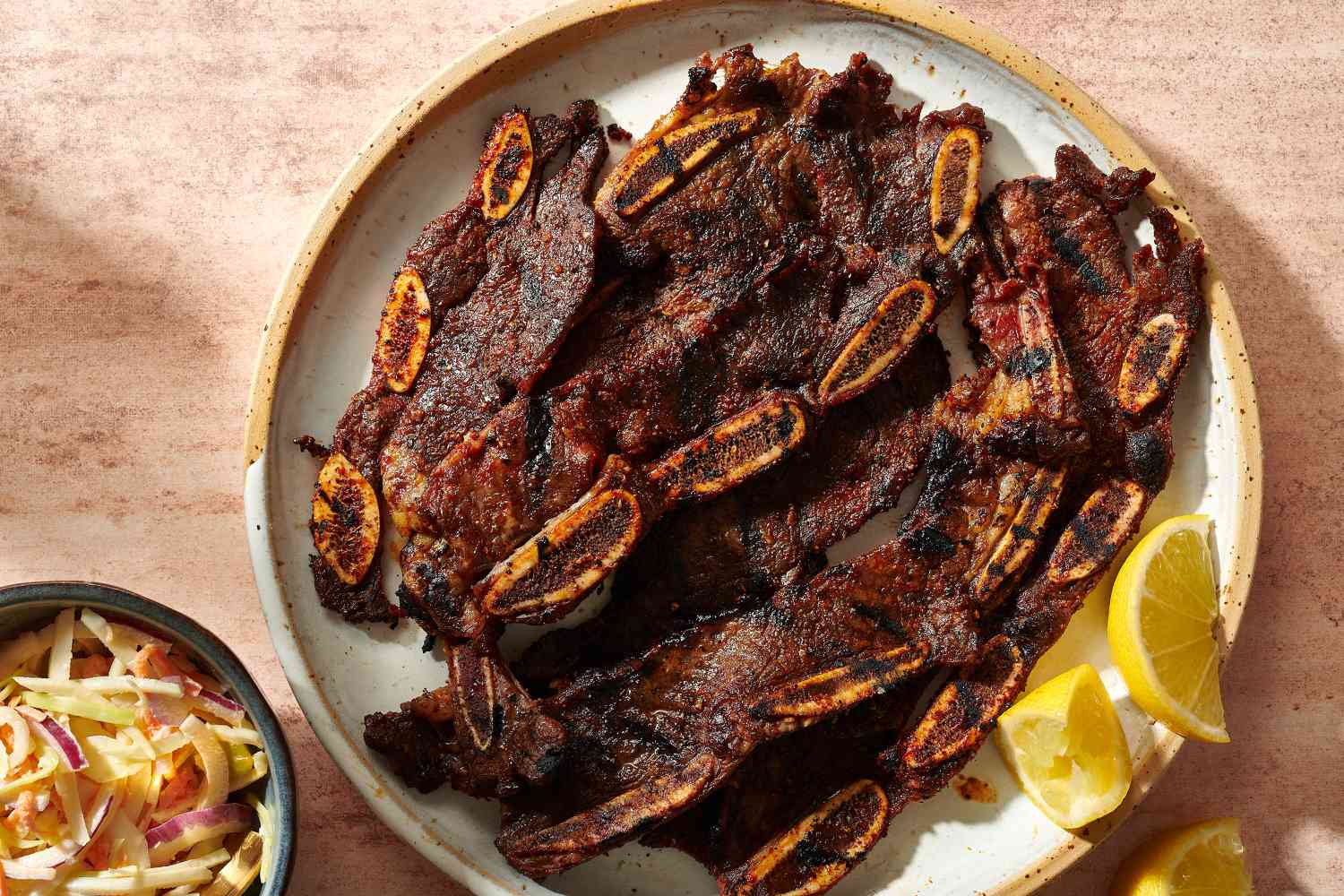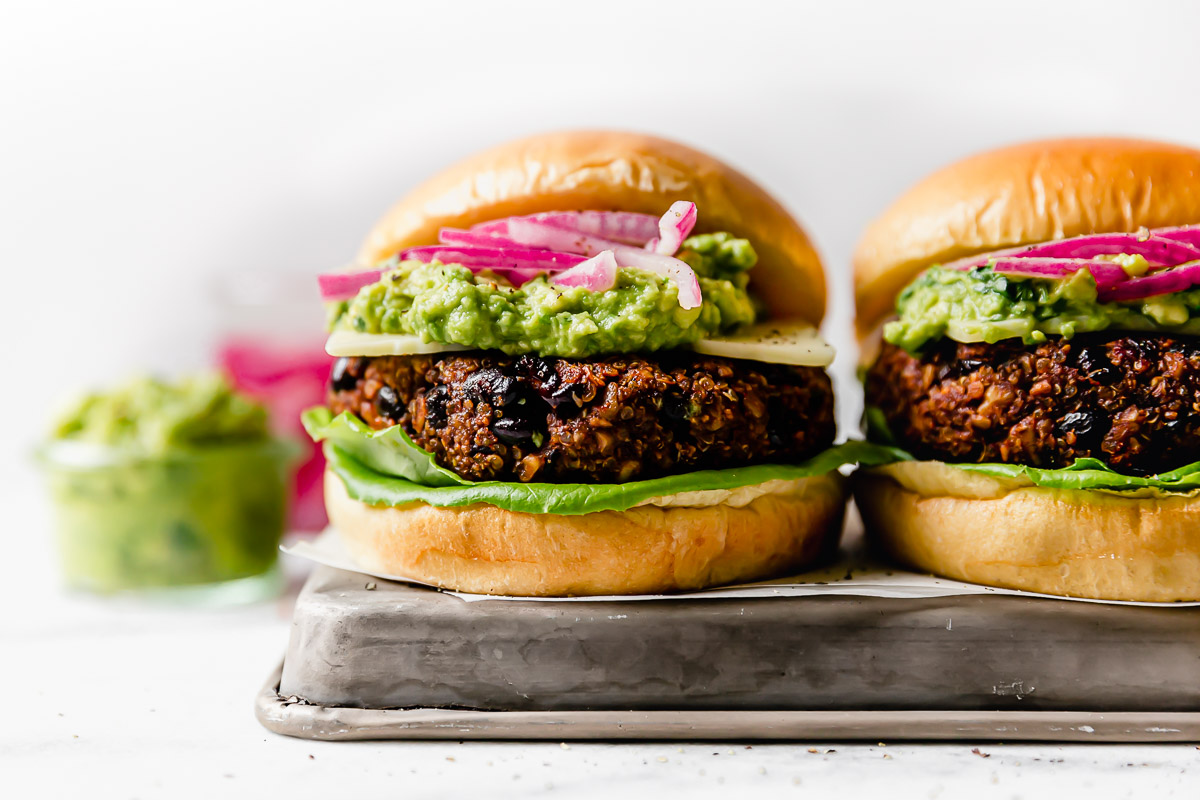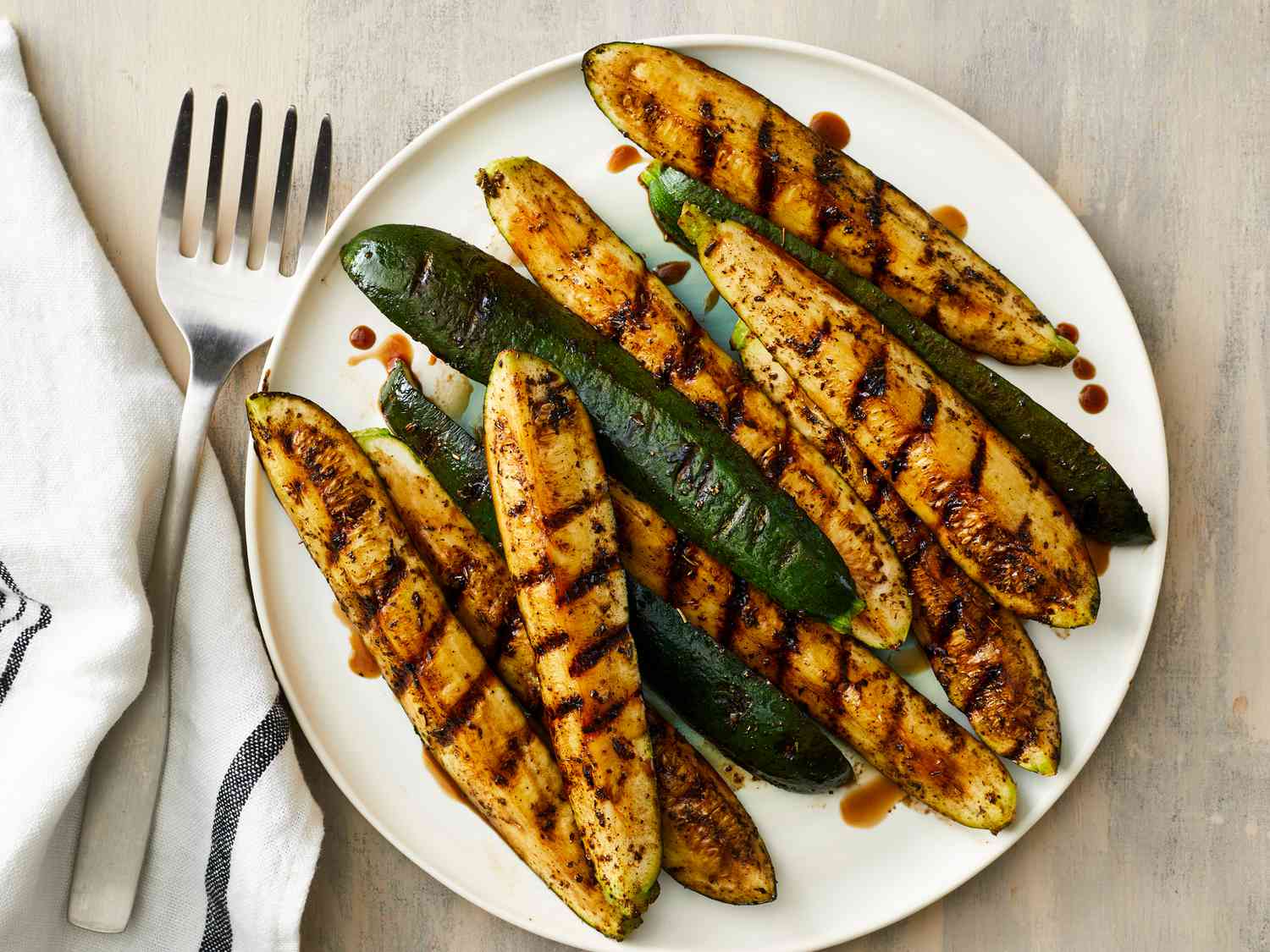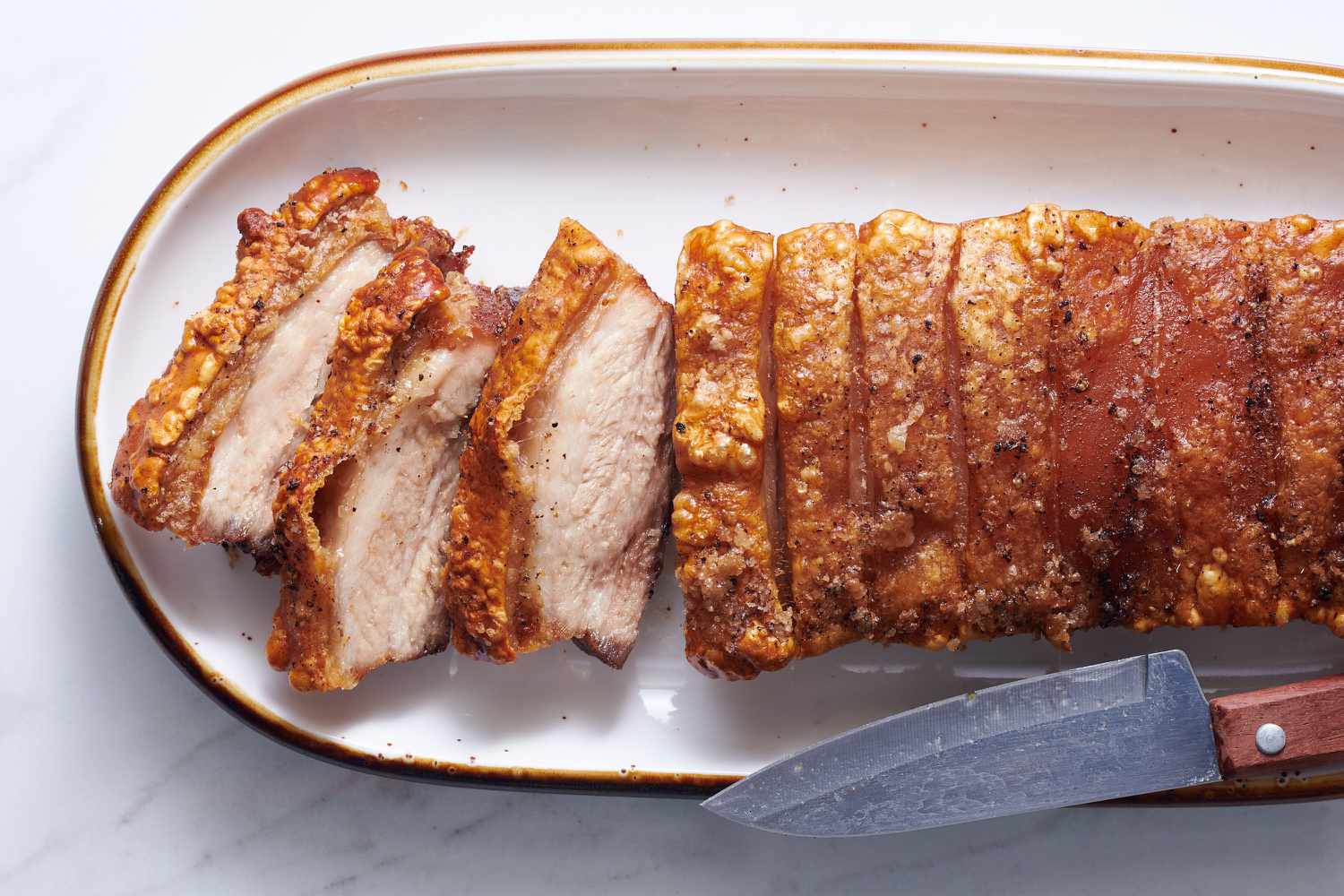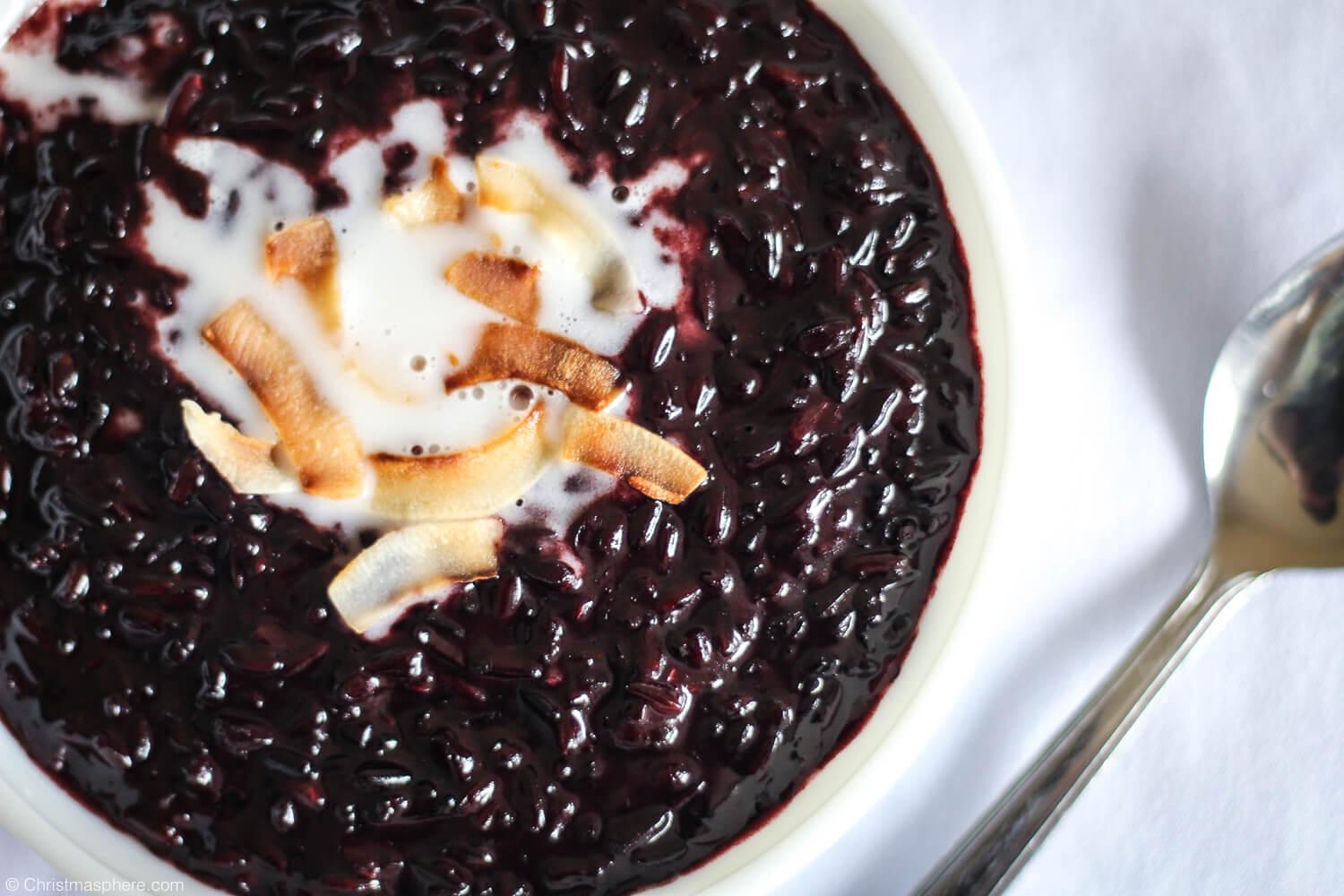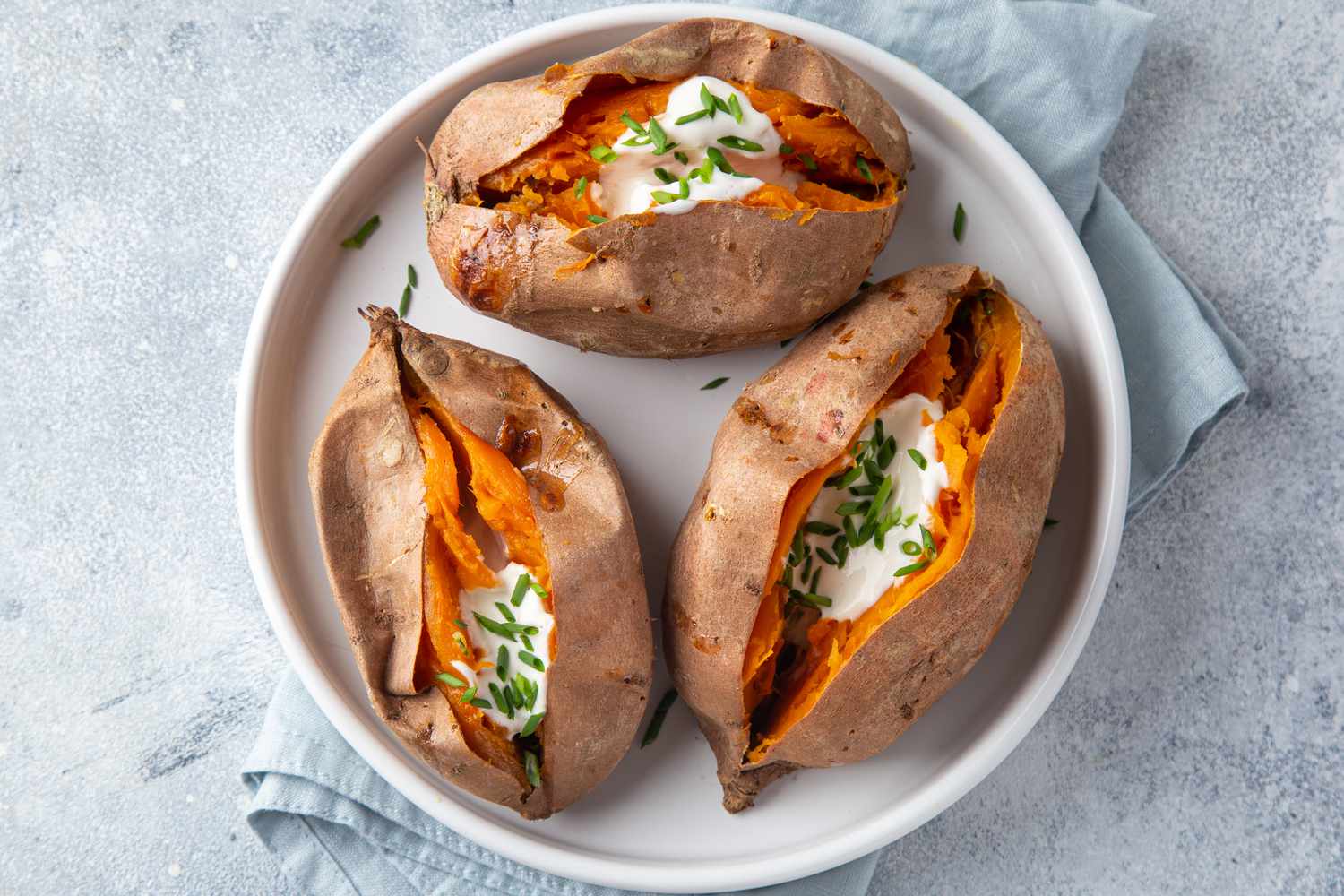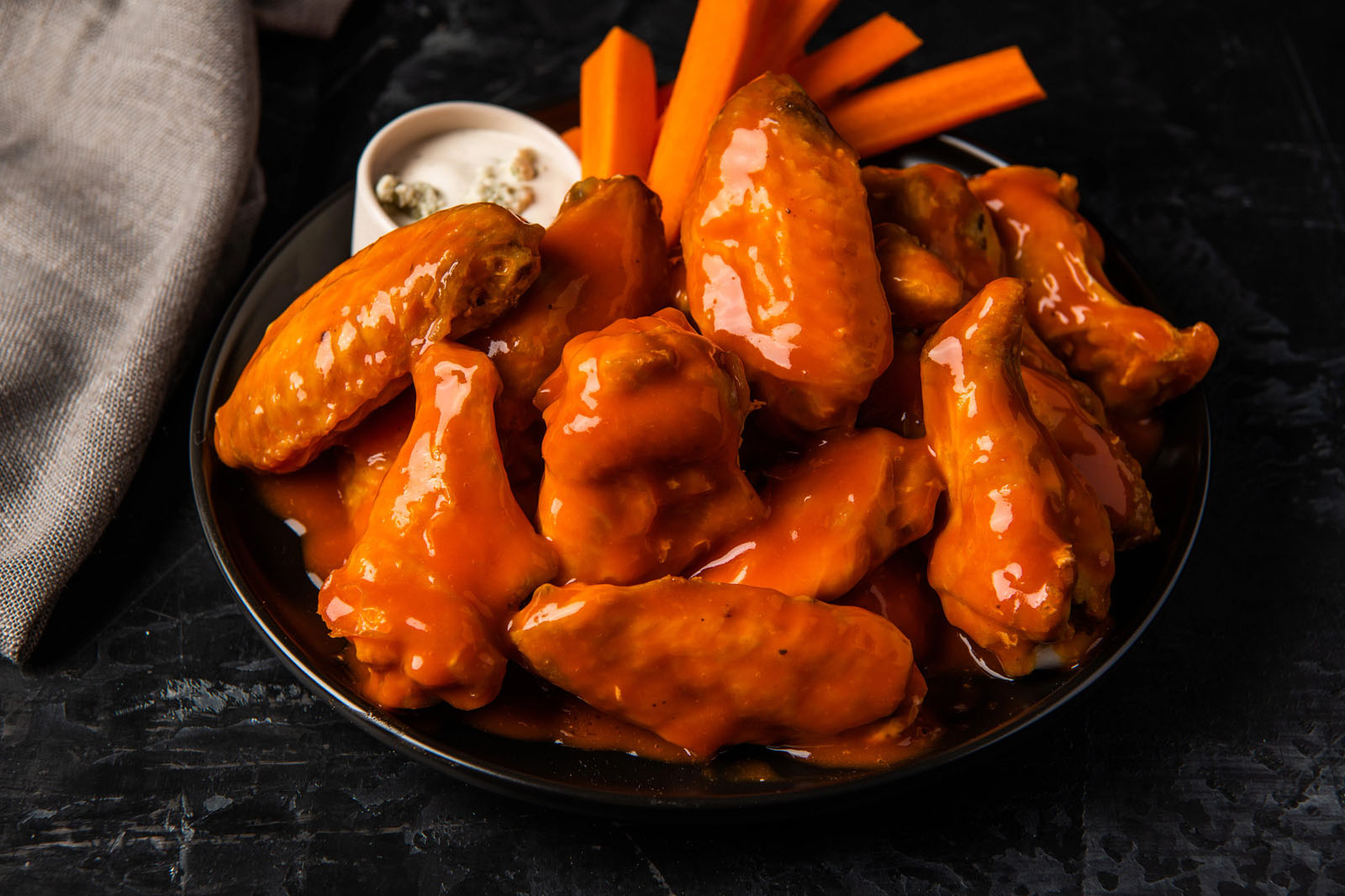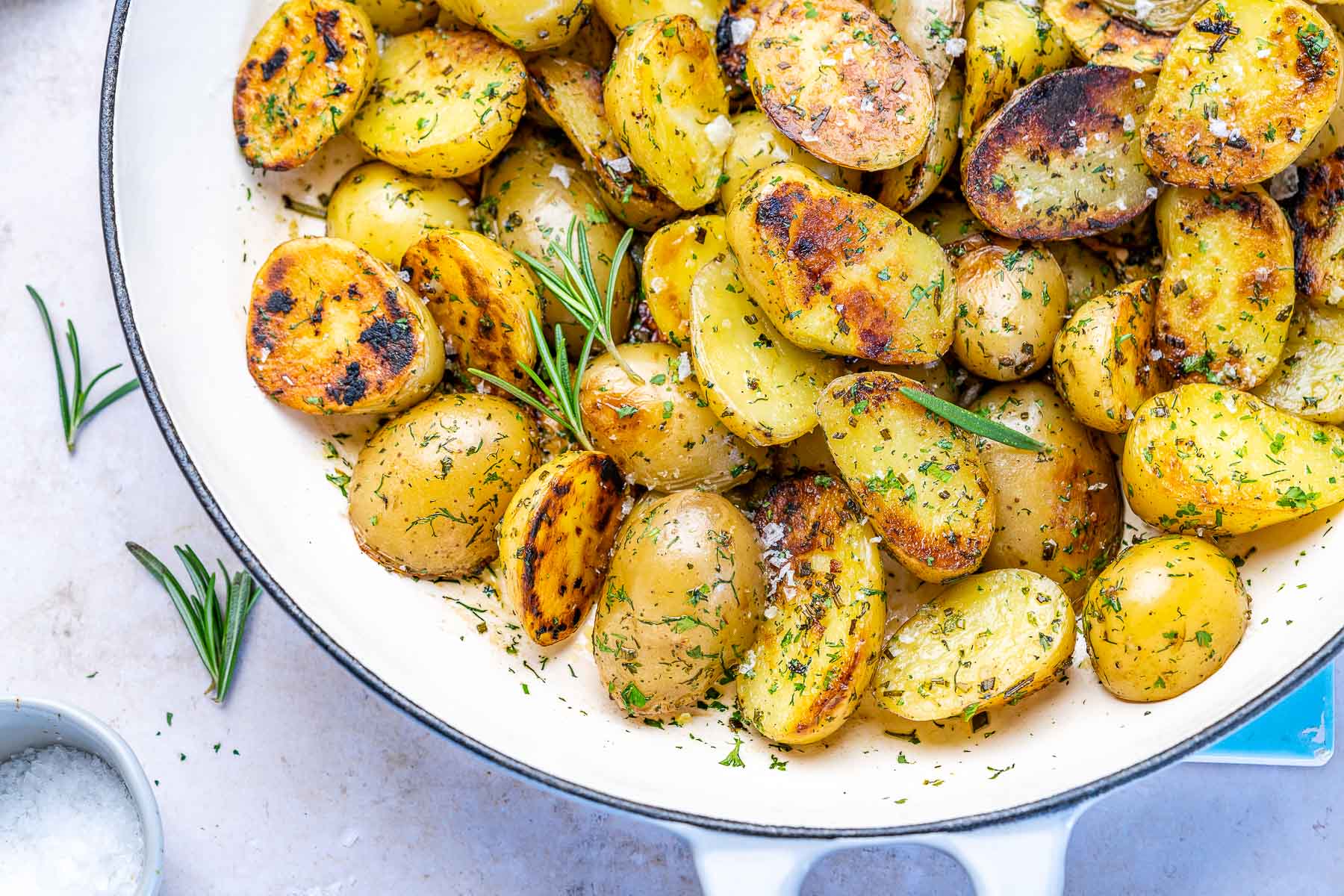How To Cook With Stainless Steel Without Sticking
Stainless steel cookware is beloved by many home chefs for its durability and even heat distribution. However, one challenge that often arises when cooking with stainless steel is food sticking to the surface. Nothing is more frustrating than trying to flip a delicate piece of fish or sauté vegetables, only to find them stuck to the pan. But fear not, with a few simple tips and tricks, you can cook with stainless steel without any sticking issues.
1. Preheat the Pan
Before adding any ingredients, ensure that your stainless steel pan is properly preheated. This step is crucial to creating a non-stick surface. Heat the pan over medium-high heat for a few minutes until it is hot but not smoking. This will help to form a layer of oxidation on the surface, making it less prone to sticking.
2. Use the Right Amount of Fat
Adding a thin layer of fat, such as oil or butter, to the preheated pan can further prevent food from sticking. Be sure to use a high smoke point oil like vegetable or peanut oil, as these can withstand higher cooking temperatures without burning. Spread the oil evenly across the surface of the pan to create a barrier between the food and the stainless steel.
3. Allow Food to Release Naturally
When cooking with stainless steel, it’s essential to allow your food to release naturally before attempting to flip or stir. This means resisting the temptation to move or turn it too early. As the food cooks, it will naturally develop a sear, and once it has formed, it will release easily from the surface of the pan.
4. Maintain the Right Temperature
Keeping a consistent temperature is essential when cooking with stainless steel. Avoid rapidly increasing or decreasing the heat, as this can cause food to stick. If you need to adjust the temperature, do so gradually to ensure even cooking and prevent sticking.
5. Use Proper Cooking Techniques
Using the right cooking techniques with your stainless steel cookware can make a significant difference in preventing sticking. For example:
- When sautéing, use a gentle tossing or flipping motion rather than stirring with a spoon to avoid scraping the bottom of the pan.
- If searing meat, allow it to develop a crust on one side before flipping. This will help it release naturally from the pan.
- When simmering liquids, use a little bit of oil or fat to provide a protective layer.
6. Proper Cleaning and Maintenance
After you’ve finished cooking, it’s important to clean your stainless steel cookware properly to ensure its longevity. Use a gentle scrub brush or sponge with a non-abrasive cleanser to remove any food residue. Avoid using metal utensils that can scratch the surface, as this can lead to sticking in future use.
Following these tips will help you achieve non-stick cooking results with your stainless steel cookware. Remember, practice makes perfect, and with time, you’ll become a pro at creating delicious meals without any sticking issues.
Was this page helpful?
Read Next: How To Cook Steel Cut Oats Fast
